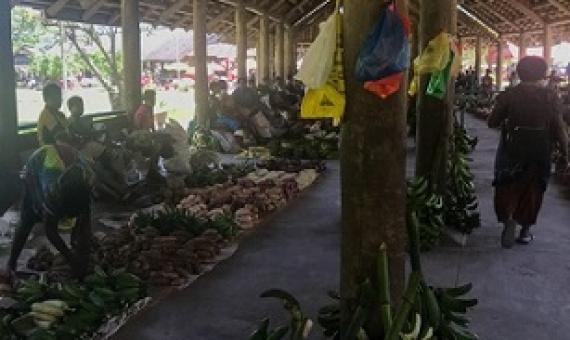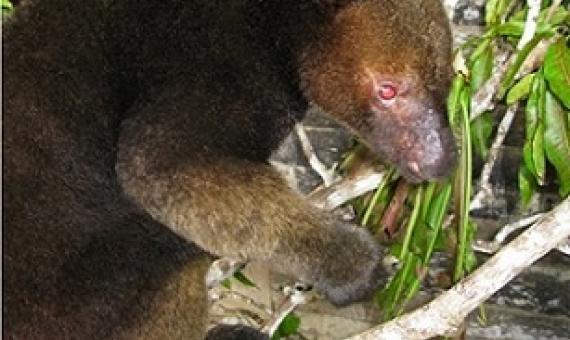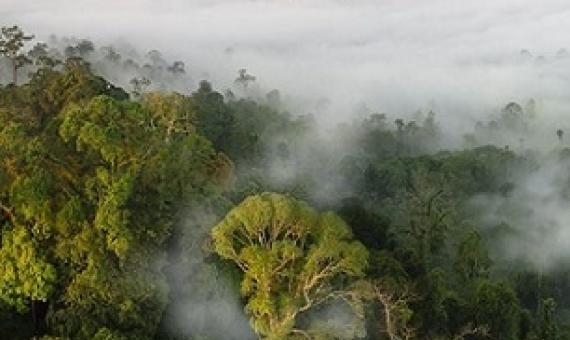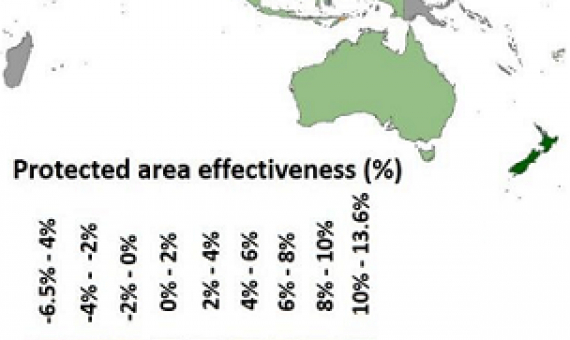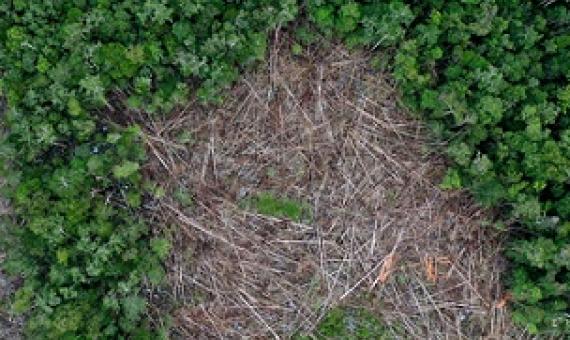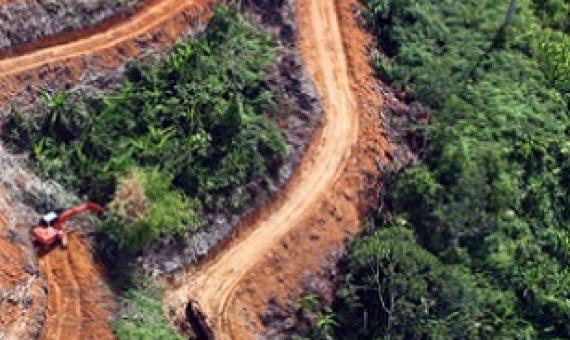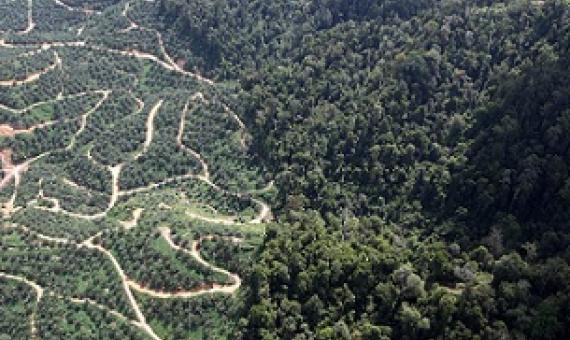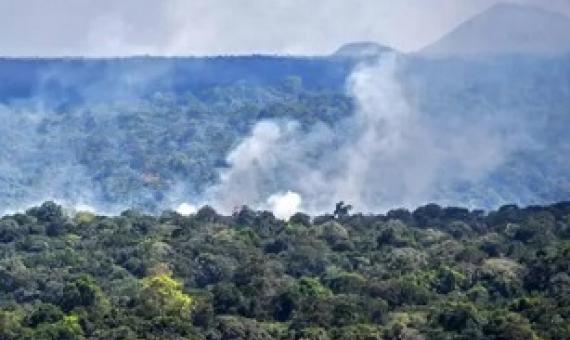Recent satellite data has shown a marked increase in the loss of tree cover in Papua New Guinea’s East New Britain province. Many of the alerts were near new or existing logging roads, indicating that the forest loss may be due to timber harvesting.
A proposed conservation area in northwestern Papua New Guinea has experienced a substantial surge in deforestation-related alerts, according to satellite data from the University of Maryland.
What determines the effectiveness of national protected area networks?
More than 15% of global terrestrial area is under some form of protection and there is a growing impetus to increase this coverage to 30% by 2030. But not all protection is effective and the reasons some countries’ protected areas (PAs) are more effective than others’ are poorly understood. We evaluate the effectiveness of national PA networks established between 2000 and 2012 globally in avoiding forest loss, taking into account underlying deforestation threats using a combination of matching methods and cross-sectional regressions.
Safeguarding nature in one area can displace harmful activities, such as illegal logging or mining, into another, a phenomenon known as leakage or spillover; but how big is the problem?
Scientists have published a global study on the effectiveness of protected areas in preventing deforestation.
The world is at a crossroads, as humanity tries to mitigate climate change and halt biodiversity loss, while still securing a supply of food for everyone.
In a new report, NGO Forest Trends found that at least 69% of tropical forests cleared for agricultural activities such as ranching and farmland between 2013 and 2019 was done in violation of national laws and regulations.
The Permanent Secretary for Environment Joshua Wycliffe says the COVID-19 pandemic has impacted the ways in which we produce, process and consume food.
Designating land as a protected area (PA) reduces, but does not stop, deforestation, according to a recent study that found rates of deforestation are only 41% lower in PAs compared to non-PAs.
Outbreaks of infectious diseases are more likely in areas of deforestation and monoculture plantations, according to a study that suggests epidemics are likely to increase as biodiversity declines.

